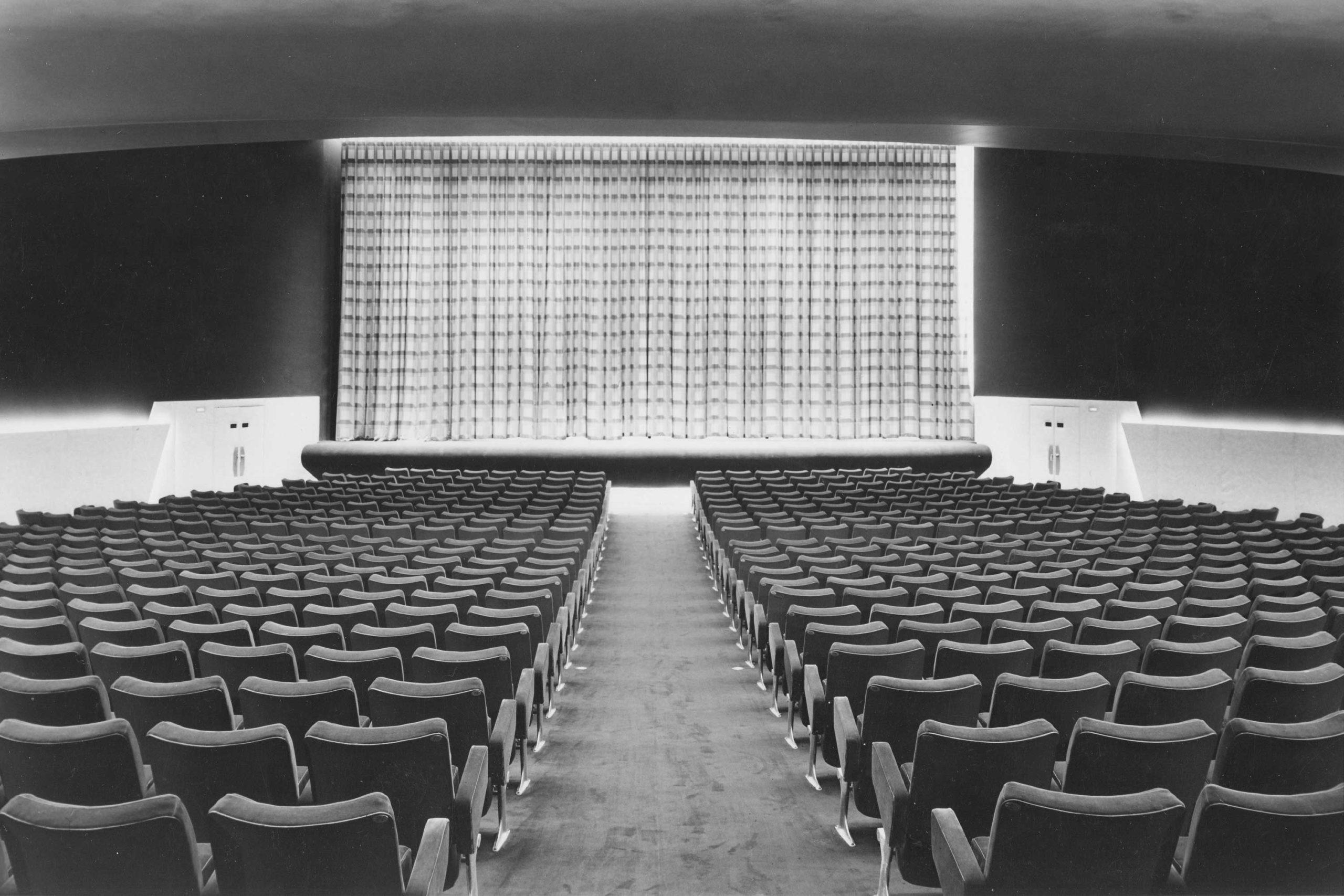
History of the Plaza*
Le Plaza was inaugurated and opened to the public in November 1952. The event took on a historic dimension. It was the first of three avant-garde cinemas, along with Le Paris and Le Star, that Marc J. Saugey, who was passionate about cinema and technological innovations, designed in Geneva, itself a pioneering city in cinematography at the time of the 1896 National Exhibition.
* The information related to the history of the Plaza and the architect Marc J. Saugey comes from the valuable research carried out by Catherine Dumont d’Ayot (doctoral thesis), by Philippe Meier (Marc-Joseph Saugey Architecte, Architectes du XXe siècle à Genève, FAS GE, 2012) and by Catherine Courtiau (XXe, Un siècle d’architectures à Genève. Promenades, Infolio, Gollion, 2009)
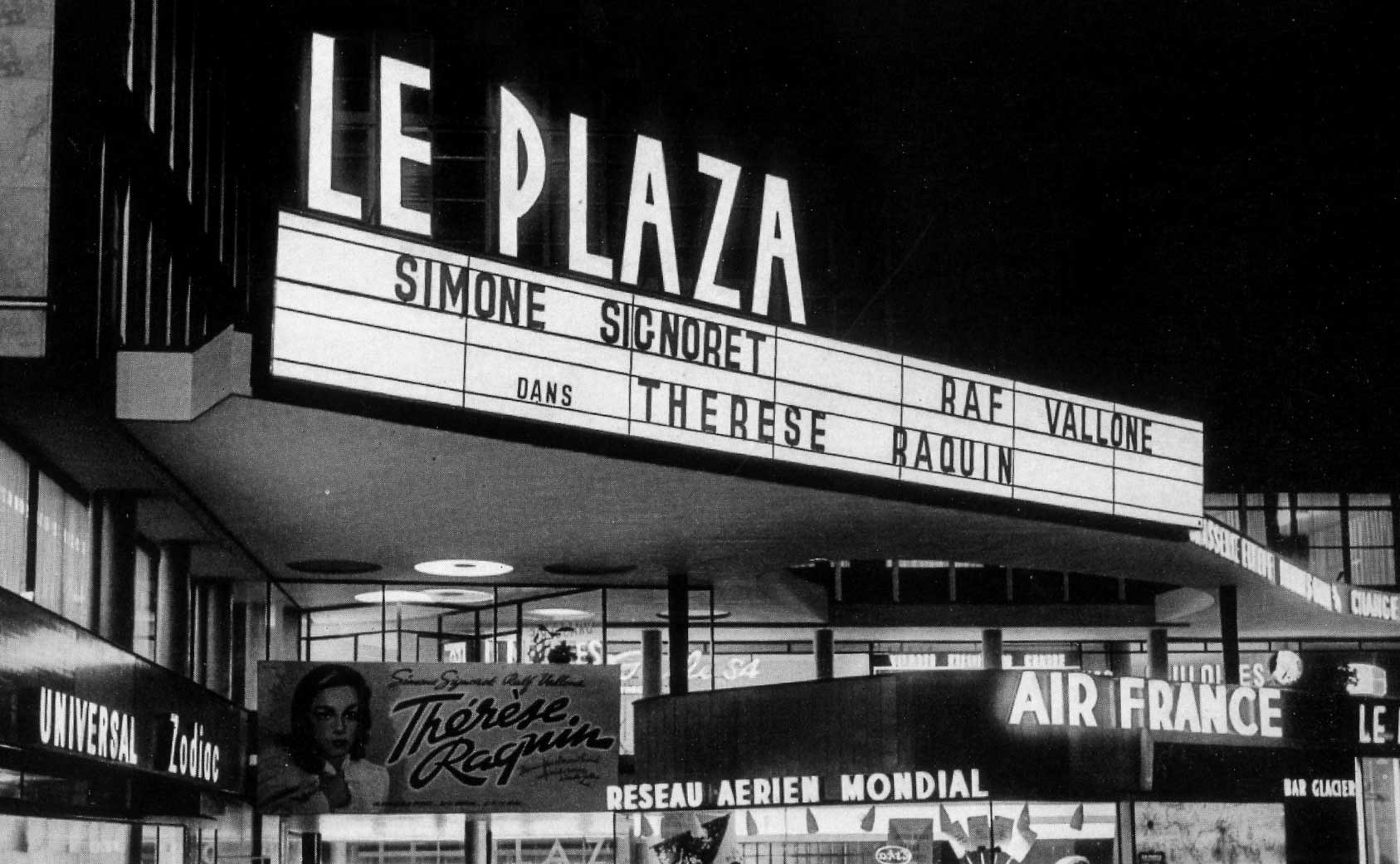
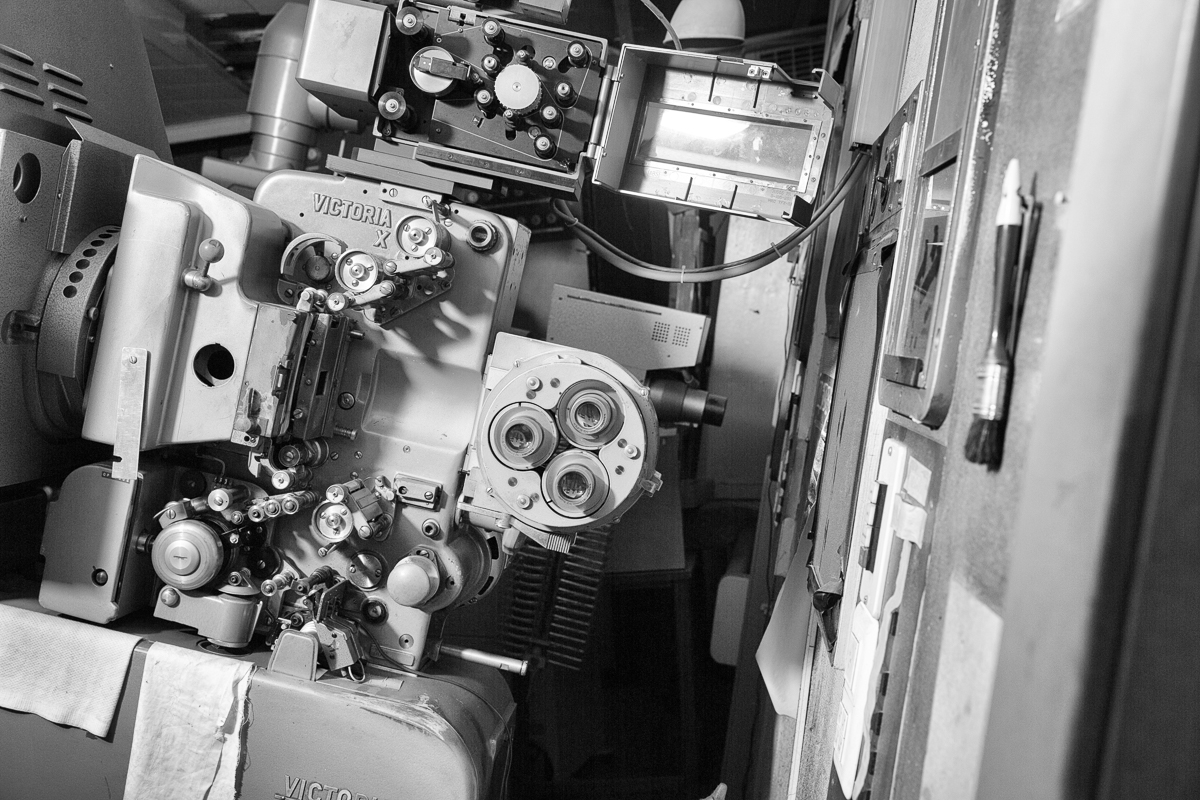
A masterpiece of modern architecture, the Plaza was then, with its 1250 seats, the largest cinema in Geneva and one of the largest in Switzerland. Its huge screen was designed by Saugey as a theatrical device, with an imposing gilded wooden frame with clean lines and a sophisticated set of curtains.
The Plaza opened in November 1952 with the screening of Julien Duvivier’s film Le petit monde de Don Camillo and offered three to four screenings a day.
In 1953, it screened Henry Koster’s The Robe, which was shown for the first time in Switzerland with the new Cinemascope technique, the same year as the European premiere of Cinemascope in Paris and the world premieres in Los Angeles and New York. This shows how Saugey was at the forefront of the latest cinema technology.
The Plaza offered screenings of blockbuster films such as Fantomas or Doctor Zhivago, which ran for more than three months in 1966, E.T. in 1983, or Titanic in 1998.
It is thanks to the precious notebooks of Mr. Carlo Sartorelli, projectionist at the cinema Le Plaza for more than 30 years, from 1952 to 1983, that the history of the projections could be reconstituted. Carlo Sartorelli recorded all the information and anecdotes related to the screenings in notebooks that have been entrusted to the Plaza Foundation.
He reported that in 1977, a giant gorilla was installed on the Plaza sign. With the background of Saugey’s curtain façade, the Mont-Blanc Centre looked certainly like a true New York City building.
Many remember with nostalgia and excitement their evenings at the Plaza, the James Bond festivals, the latest international blockbusters or the re-runs of old classics, even if the programming may have left room from time to time for so-called arthouse films.

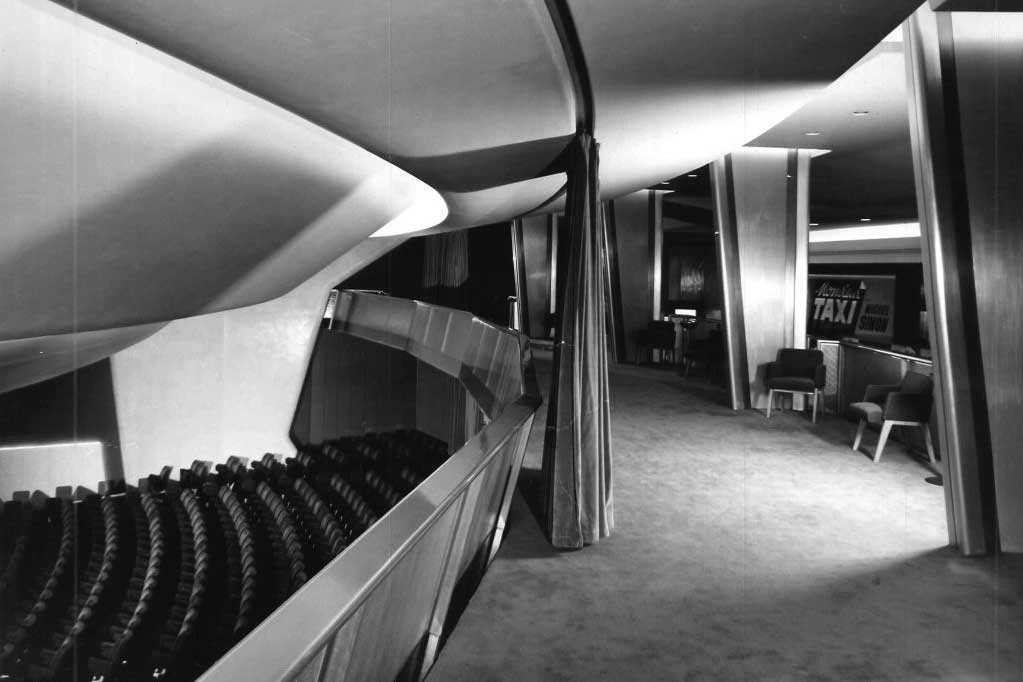
After the blessed era of the post-war period, the crisis and changes in consumerism sounded the death knell for the large cinemas in the city centers. The Plaza had to close its doors in early 2004.
This was the beginning of a thrilling story about the preservation of the cinema, whose main actors were the architectural historians and the film-loving Genevans. The cinema was classified as a historical monument in 2009, then declassified in 2011.
In 2018, its destruction was scheduled, despite an appeal and a strong defense movement for its preservation coming from cultural actors, the Swiss Federation of Architects, political figures and the population of Geneva, which kept a strong emotional bond with this place. An exemplary citizen mobilization, which was remarkable for its magnitude and duration, undoubtedly contributed to the saving of the cinema.
For example, he reports that in 1977, a giant gorilla was installed on Le Plaza’s neon sign, with Saugey’s curtain wall façade as a backdrop, giving the Mont-Blanc Centre an almost New York-like appearance.
Many remember with nostalgia and excitement their evenings at Le Plaza, the James Bond festivals, the latest international blockbusters and the re-runs of old classics, even if the programme may have left room from time to time for so-called art house films.
After the blessed post-war period, the crisis and changes in consumer behaviour sounded the death knell for the large cinemas in the city centre. Le Plaza went bust in early 2004. This marked the beginning of an exciting story about the preservation of the cinema, whose main actors were architectural historians and the cinema-goers who loved the Plaza. The cinema was thus classified as a historic monument in 2009, before being declassified again in 2011. In 2018 its destruction was scheduled, despite cultural actors, the Swiss Federation of Architects, political figures and the population of Geneva, which kept a strong emotional link with the place, strongly appealing to protect it. This powerful popular movement, notable for its scope and duration, certainly contributed to safeguarding the cinema.
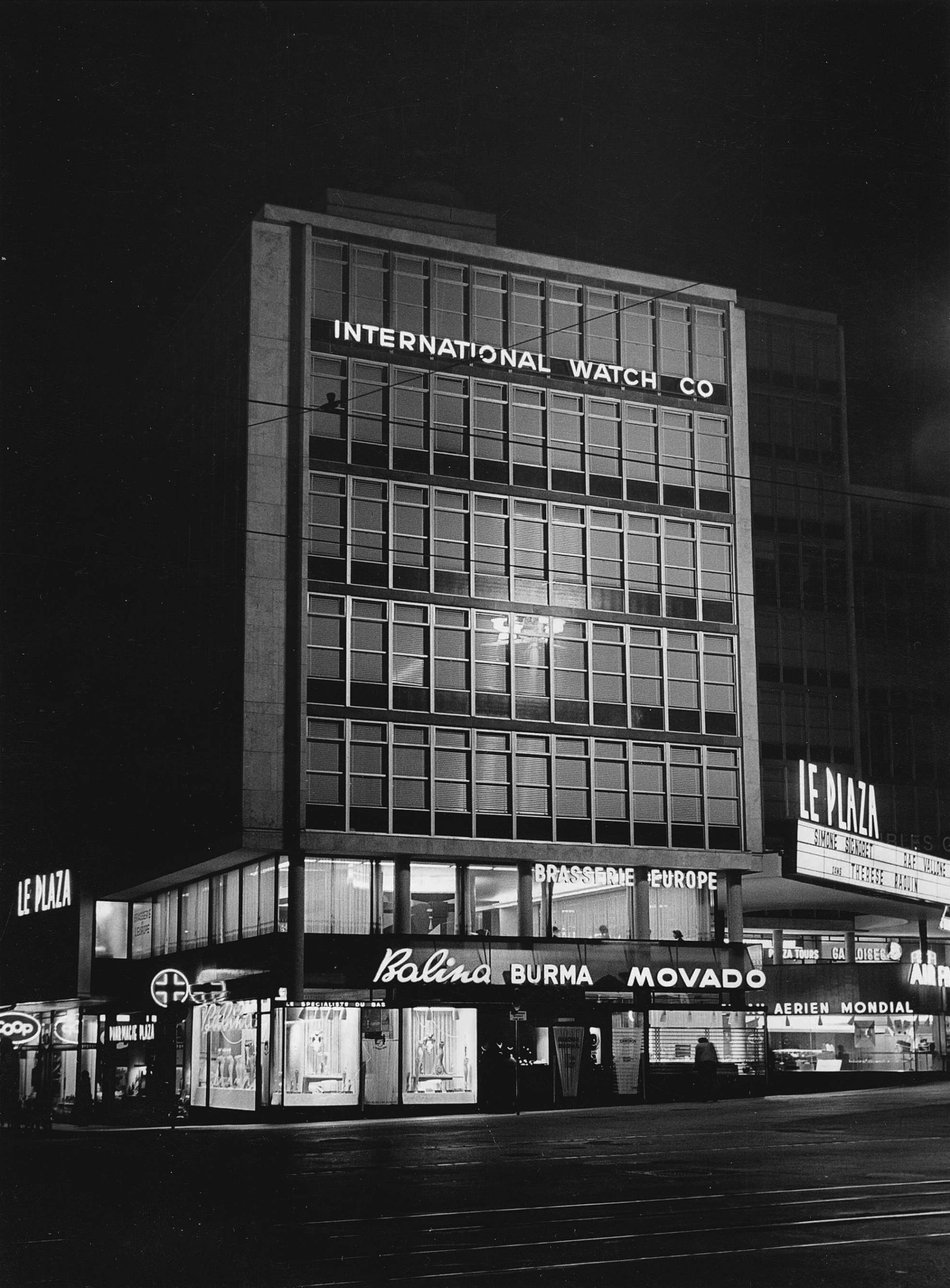
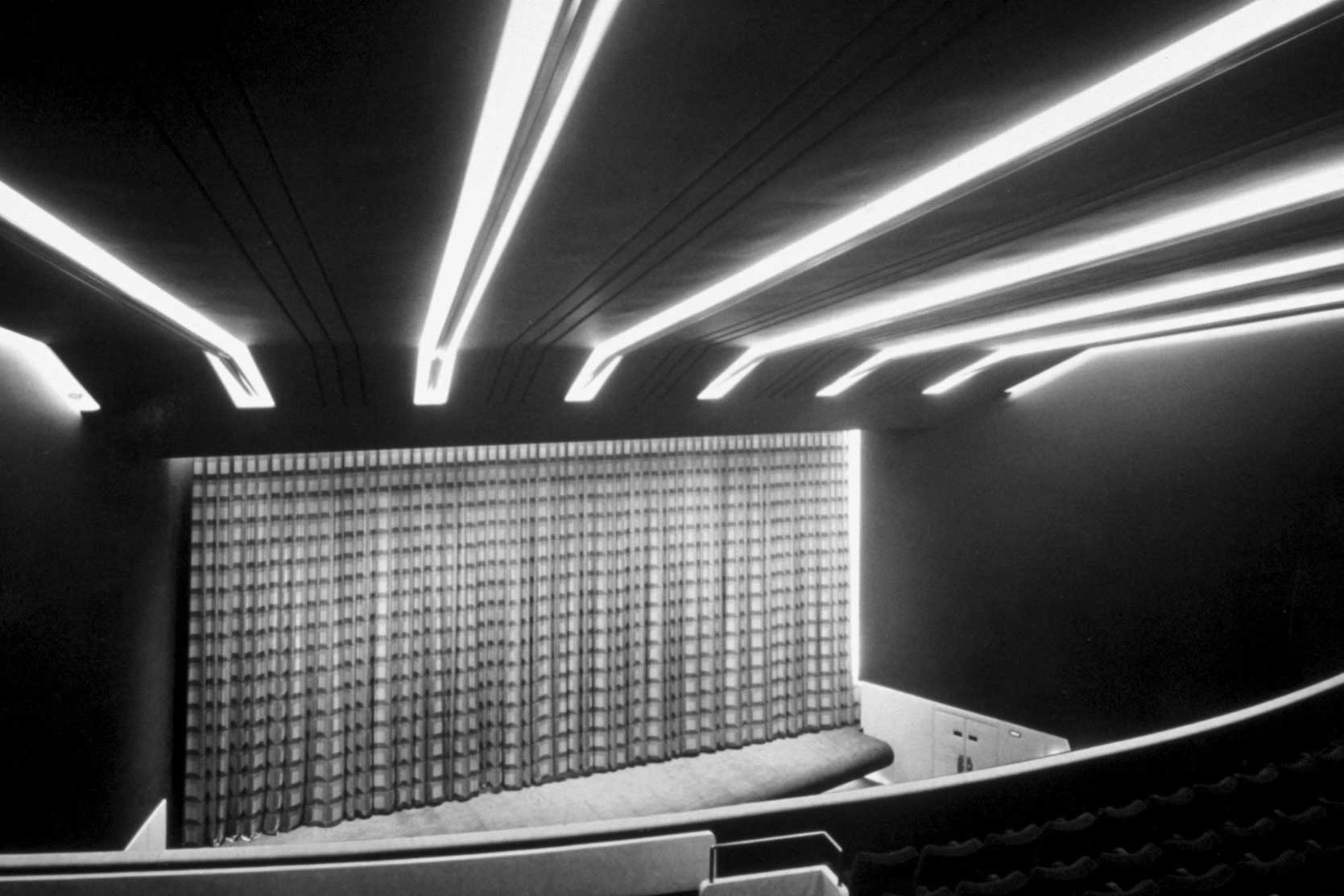
It is in 2019 that the rescuing of the Plaza is confirmed. Indeed, the Hans Wilsdorf Foundation acquired the entire building (Mont-Blanc Centre and Cinema Plaza).
“The attachment of the Genevans for this place is very powerful, as shown by the strong mobilization to save it.” says Marc Maugué, Secretary General to the Foundation. “We considered that the Plaza deserved to be protected. After making sure with the Canton and the City of Geneva that this purchase was of interest to the cultural life of the city, we went ahead.“
On December 18, 2019, the State Council of Geneva decided to reclassify the Plaza as a historical monument, and in 2020, the Plaza Foundation was created with the aim of renovating the cinema and creating an ambitious cultural and film center.
